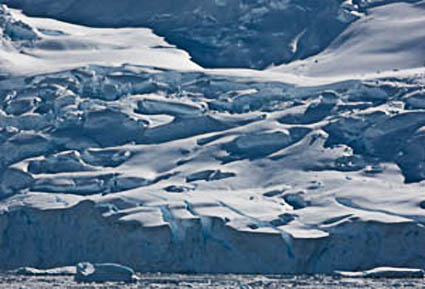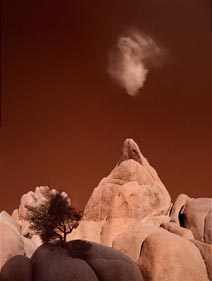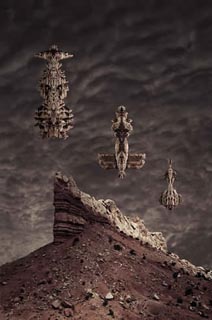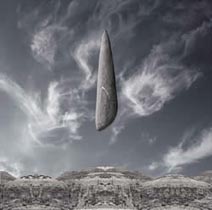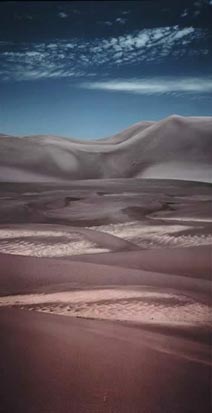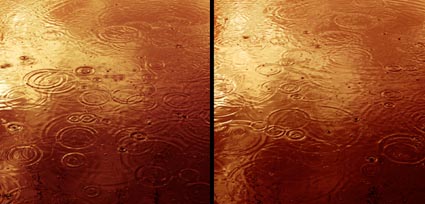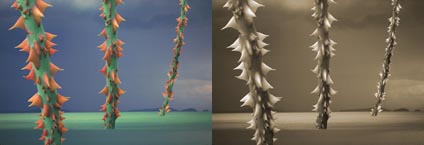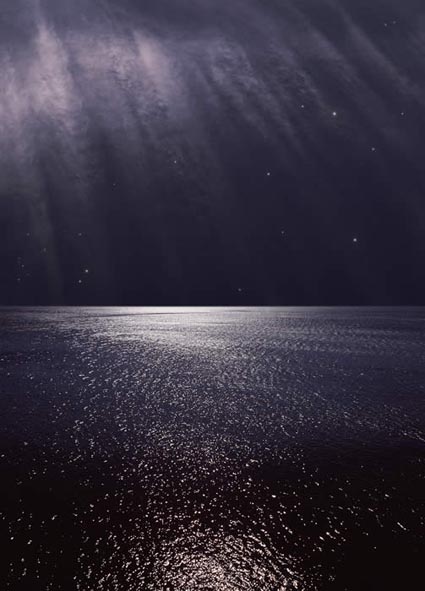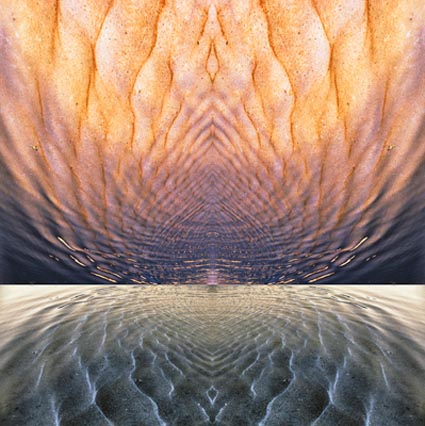Oriens I
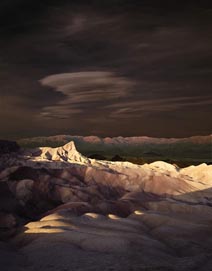
“Oriens represents a new line of inquiry for me. Take the most compelling passages of changing light throughout an extended duration of time and weave them into a single composition … Neither method, resynchronization or recontextualization, yields a classically objective document. But the results of either application may yield artifacts that are truer to our experience of events. In one respect these represent the events more faithfully — they encompass the passage of time.”
Read the rest of this Statement here.


